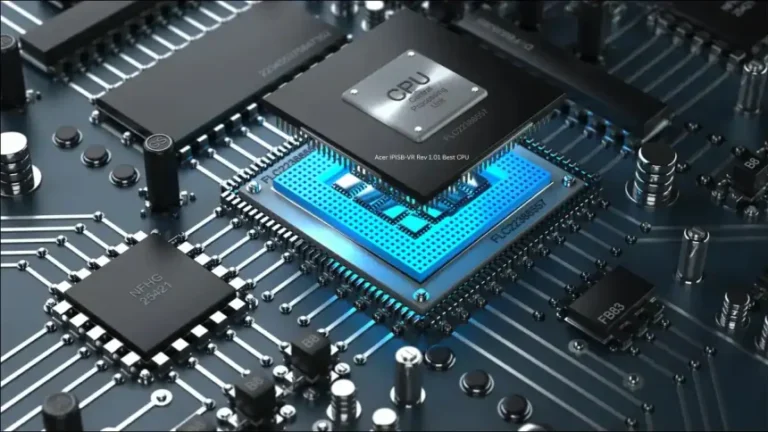Understanding the CEENR PDNation System: A Comprehensive Guide
The CEENR PDNation System has emerged as a revolutionary approach to integrated data management and processing. This comprehensive guide explores its features, applications, and significance in today’s technological landscape.
What is the CEENR PDNation System?
The CEENR PDNation System represents an innovative framework designed to streamline data processing and coordination across multiple platforms. This cutting-edge system integrates various components to create a seamless operational environment.
Core Components
- Data Processing Units
- Integration Modules
- Network Management Tools
- System Monitoring Interface
- Resource Allocation Framework
Key Features of CEENR PDNation System
Advanced Data Processing
The CEENR PDNation System excels in handling complex data structures through its sophisticated processing algorithms. These algorithms enable:
- Real-time data analysis
- Automated pattern recognition
- Predictive modeling capabilities
- Dynamic resource allocation
Integration Capabilities
One of the standout features of the CEENR PDNation System is its robust integration framework, which allows:
- Seamless third-party application connectivity
- Cross-platform data synchronization
- API-driven interactions
- Custom plugin support
Applications of CEENR PDNation System
Enterprise Solutions
The CEENR PDNation System finds extensive use in enterprise environments, where it:
- Streamlines workflow management
- Enhances data security protocols
- Optimizes resource utilization
- Facilitates cross-departmental collaboration
Industrial Applications
In industrial settings, the CEENR PDNation System provides:
- Real-time monitoring capabilities
- Predictive maintenance solutions
- Quality control automation
- Production efficiency optimization
Benefits of Implementing CEENR PDNation System
Operational Efficiency
Organizations implementing the CEENR PDNation System often experience:
- Reduced processing times
- Lower operational costs
- Improved accuracy in data handling
- Enhanced workflow automation
Scalability Advantages
The system offers remarkable scalability benefits:
- Flexible resource allocation
- Easy capacity expansion
- Modular architecture
- Cloud integration capabilities
Installation and Setup
System Requirements
To implement the CEENR PDNation System, organizations need:
- Minimum server specifications
- Compatible network infrastructure
- Required software dependencies
- Adequate storage capacity
Implementation Process
The implementation typically follows these steps:
- Initial assessment
- Infrastructure preparation
- System installation
- Configuration and customization
- Testing and validation
- User training
Security Features
Data Protection
The CEENR PDNation System incorporates robust security measures:
- End-to-end encryption
- Access control mechanisms
- Audit trail logging
- Regular security updates
Compliance Standards
The system adheres to various compliance requirements:
- Industry-specific regulations
- Data protection standards
- Security protocols
- International compliance frameworks
Maintenance and Support
Regular Updates
The CEENR PDNation System requires:
- Scheduled maintenance
- Version updates
- Security patches
- Performance optimization
Technical Support
Users can access:
- 24/7 support services
- Documentation resources
- Training materials
- Troubleshooting guides
Future Developments
Upcoming Features
The CEENR PDNation System continues to evolve with:
- AI integration capabilities
- Enhanced automation features
- Improved user interfaces
- Advanced analytics tools
Industry Trends
Future developments align with:
- Emerging technologies
- Market demands
- User feedback
- Industry standards
Cost Considerations
Initial Investment
Organizations should consider:
- Licensing fees
- Hardware requirements
- Implementation costs
- Training expenses
Operational Costs
Ongoing expenses include:
- Maintenance fees
- Support services
- Update costs
- Resource allocation
User Training
Training Programs
Comprehensive training includes:
- Basic system operation
- Advanced features
- Troubleshooting skills
- Best practices
Documentation
Users have access to:
- User manuals
- Video tutorials
- Knowledge base
- FAQ sections
Case Studies
Success Stories
Organizations implementing the CEENR PDNation System report:
- Improved efficiency
- Cost savings
- Enhanced productivity
- Better resource management
Implementation Challenges
Common challenges include:
- Initial learning curve
- Integration complexities
- Resource allocation
- Change management
Comparing CEENR PDNation System with Alternatives
Competitive Advantages
The system stands out through:
- Superior performance
- Better scalability
- Enhanced security
- Comprehensive support
Market Position
In the current market:
- Leading position in enterprise solutions
- Strong industrial presence
- Growing market share
- Positive user feedback
Best Practices
Implementation Guidelines
Organizations should:
- Follow recommended procedures
- Maintain regular updates
- Monitor system performance
- Train users adequately
Optimization Strategies
For best results:
- Regular system audits
- Performance monitoring
- Resource optimization
- User feedback integration
Troubleshooting
Common Issues
Users might encounter:
- Configuration problems
- Integration challenges
- Performance issues
- User access concerns
Resolution Steps
Standard resolution includes:
- Problem identification
- Root cause analysis
- Solution implementation
- Verification process
Customer Support
Support Channels
Users can access support through:
- Online helpdesk
- Phone support
- Email assistance
- Community forums
Response Times
Support services offer:
- Immediate emergency response
- 24-hour standard response
- Scheduled maintenance
- Regular check-ins
Conclusion
The CEENR PDNation System represents a significant advancement in integrated system management. Its comprehensive features, robust security, and scalability make it an ideal choice for organizations seeking efficient data processing and management solutions.
FAQs
General Questions
- What makes the CEENR PDNation System unique?
- How long does implementation typically take?
- What kind of support is available?
- Can the system be customized?
- What are the minimum requirements?
Technical Questions
- How is data security ensured?
- What integration options are available?
- How often are updates released?
- What backup solutions are provided?
- How is system performance monitored?
This comprehensive guide to the CEENR PDNation System provides organizations with the information needed to understand, implement, and optimize this powerful solution. As technology continues to evolve, this system remains at the forefront of innovation in data processing and management.







